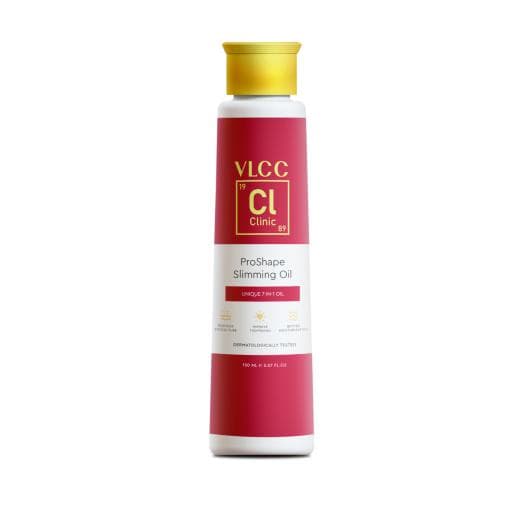Q: Can I reduce leg fat without exercising?
While diet plays a role, exercise is crucial for burning calories and building muscle, which significantly aids in reducing leg fat.
Q: Is cellulite reduction permanent?
Cellulite reduction can be improved with treatments and lifestyle changes, but maintaining results requires ongoing care and healthy habits.
Q: How often should I drink water to aid in fat loss?
Aim to drink at least 8 glasses (about 2 litres) of water a day to stay hydrated and support your metabolism in fat reduction.
Q: How can I slim my legs fast?
Non invasive treatments like cool sculpting or laser therapy, along with proper diet and exercise, can help slim leg fat quickly.
Q: Can leg fat be reduced?
Yes, treatments like liposuction or laser fat removal can effectively reduce leg fat.
Q: How can I slim my leg size?
Leg size can be slimmed through targeted treatments like liposuction or fat freezing for more noticeable and quicker results.



































